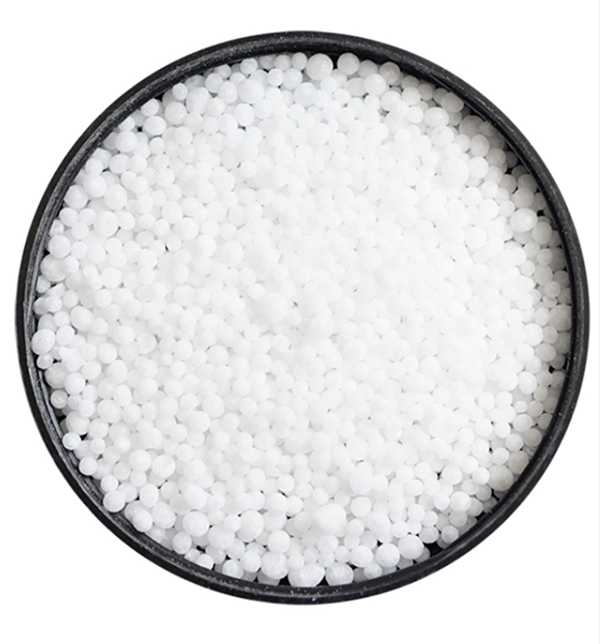

Ammonia and Urea are both nitrogenous compounds, and are important fertilizers and industrial chemicals. Ammonia is the simplest nitrogen-containing compound, where urea is a derivative of ammonia.
Chemical Composition:
Urea is an organic compound because it contains carbon atoms with the chemical formula CO(NH2)2. It contains a carbonyl group (C=O) attached to two amino groups (-NH₂). The molecular structure of urea is more complex compared to ammonia. It is a white, crystalline solid at room temperature and has a relatively milder odor.
Ammonia is an inorganic compound with the chemical formula NH3. It consists of one nitrogen atom bonded to three hydrogen atoms in a pyramidal structure. This simple molecular structure gives ammonia its unique properties. It is a colorless gas with a pungent, characteristic smell. The lone pair of electrons on the nitrogen atom in ammonia makes it a Lewis base, which is highly reactive and can participate in many chemical reactions
Physical Properties:
Urea is a crystalline solid, odorless and soluble in water. It has a relatively low melting point and decomposes when heated.
In contrast, ammonia is a colorless gas with a pungent odor. It is highly soluble in water and evaporates readily at standard temperatures and pressures.
Ammonia has a boiling point of -33.34 °C and a melting point of -77.73 °C. Urea has a melting point of 132.7 °C.
Ammonia And Urea Status:
Urea is a white solid at room temperature, while ammonia is a colorless gas.
Nitrogen Content:
Urea contains 46% by weight of nitrogen, while ammonia contains 82% by weight of nitrogen. This means that ammonia fertilizers need to be applied at a lower rate than urea to provide equivalent nitrogen to the soil.
Ammonia And Urea Solubility:
Urea is soluble in water and is readily absorbed by plants.
Ammonia is only moderately soluble and requires soil acidification to make it available to plants.
Rate Of Release:
Urea nitrogen is released more slowly during decomposition than the rapid release of ammonia nitrogen.
Ammonia And Urea Use:
Urea is used primarily as a nitrogen fertilizer and animal feed additive.
Ammonia is used in the manufacture of fertilizers, plastics, fibers, refrigerants and cleaning products.
Application Methods:
When used as a fertilizer, ammonia is usually applied as a gas or mixed in solution, while urea pellets are spread dry on the field prior to incorporation or rainfall.
Toxicity and Safety Considerations:
Urea is considered relatively safe to handle and use. It has low toxicity and is classified as a non-hazardous substance. However, precautions should still be taken to avoid overexposure and ingestion.
Ammonia, on the other hand, is highly toxic and can cause respiratory, eye and skin irritation. It needs to be handled and stored with care, and proper ventilation is vital when working with ammonia.
Urea is usually cheaper than ammonia due to its solid storage and handling advantages.
Although both urea and ammonia provide important nitrogen nutrients, they differ in physical properties, composition, solubility and release characteristics for a variety of agricultural and industrial applications.

Why is urea better than ammonia?
Because ammonia is toxic, it is immediately excreted by fish, converted to uric acid by birds and to urea by mammals. Ammonia is smaller, more volatile, and more mobile than urea. If allowed to accumulate, ammonia raises the pH in cells to toxic levels.
Ammonia is a toxic gas. Exposure to high concentrations of ammonia can cause severe irritation to the eyes, nose, throat, and respiratory tract. It can also be harmful to aquatic life if released into water bodies in large amounts. Ammonia has a relatively high vapor pressure, which means it can easily escape into the atmosphere.
Urea is generally considered less hazardous than ammonia. However, when urea decomposes, it can release ammonia gas, especially in the presence of urease enzymes in soil or water. In terms of environmental impact, excessive use of urea fertilizers can lead to nitrogen runoff and contribute to water pollution and eutrophication.

JINGJIANG MELAMINE POWDER
© JINJIANG MELAMINE